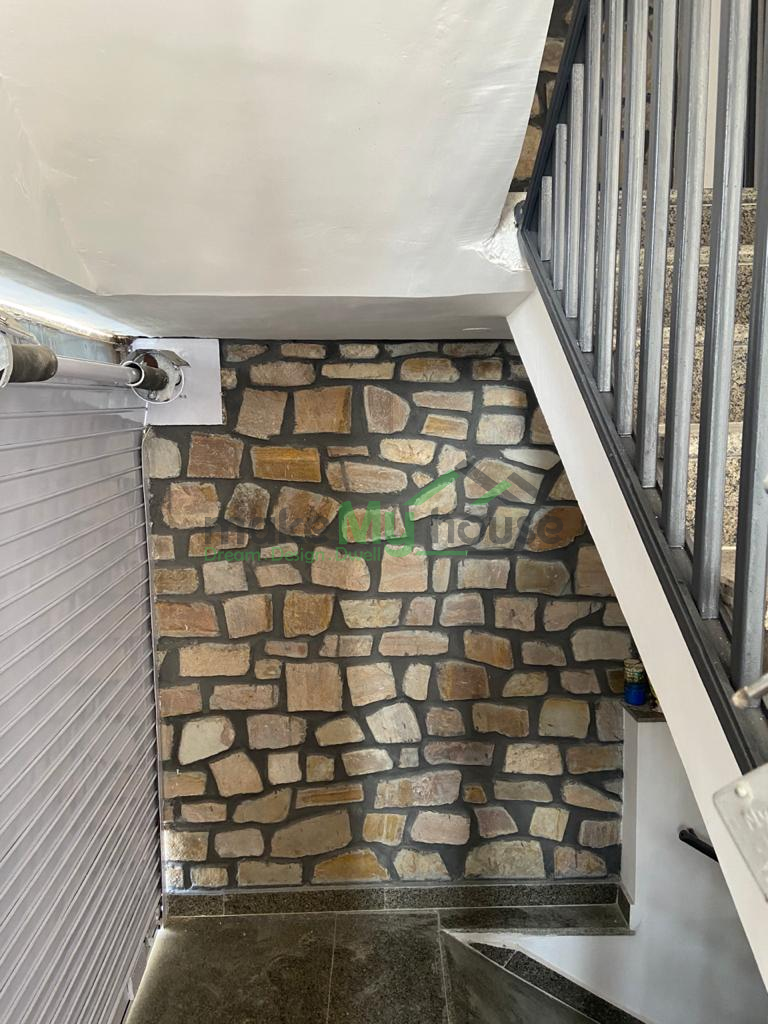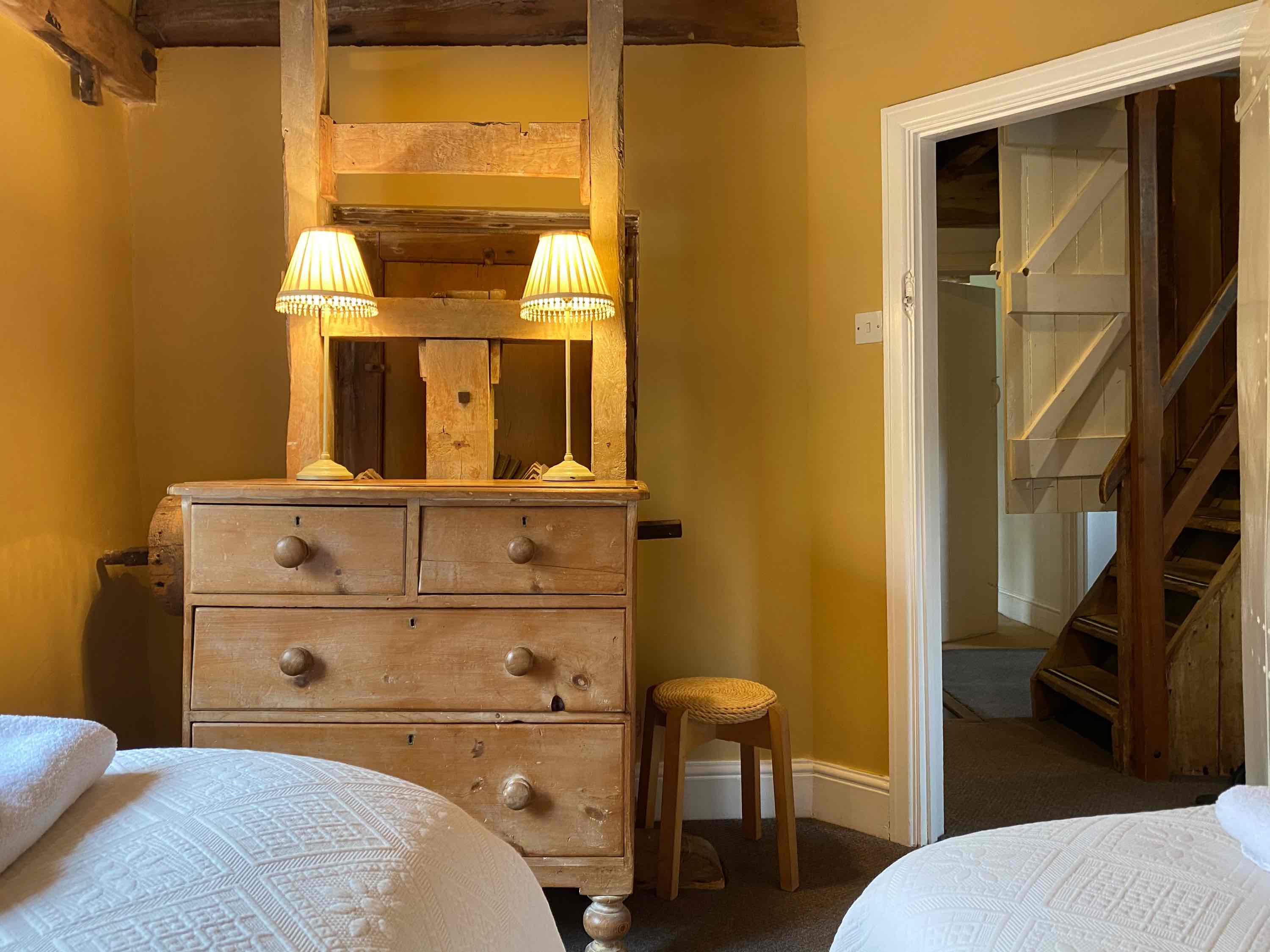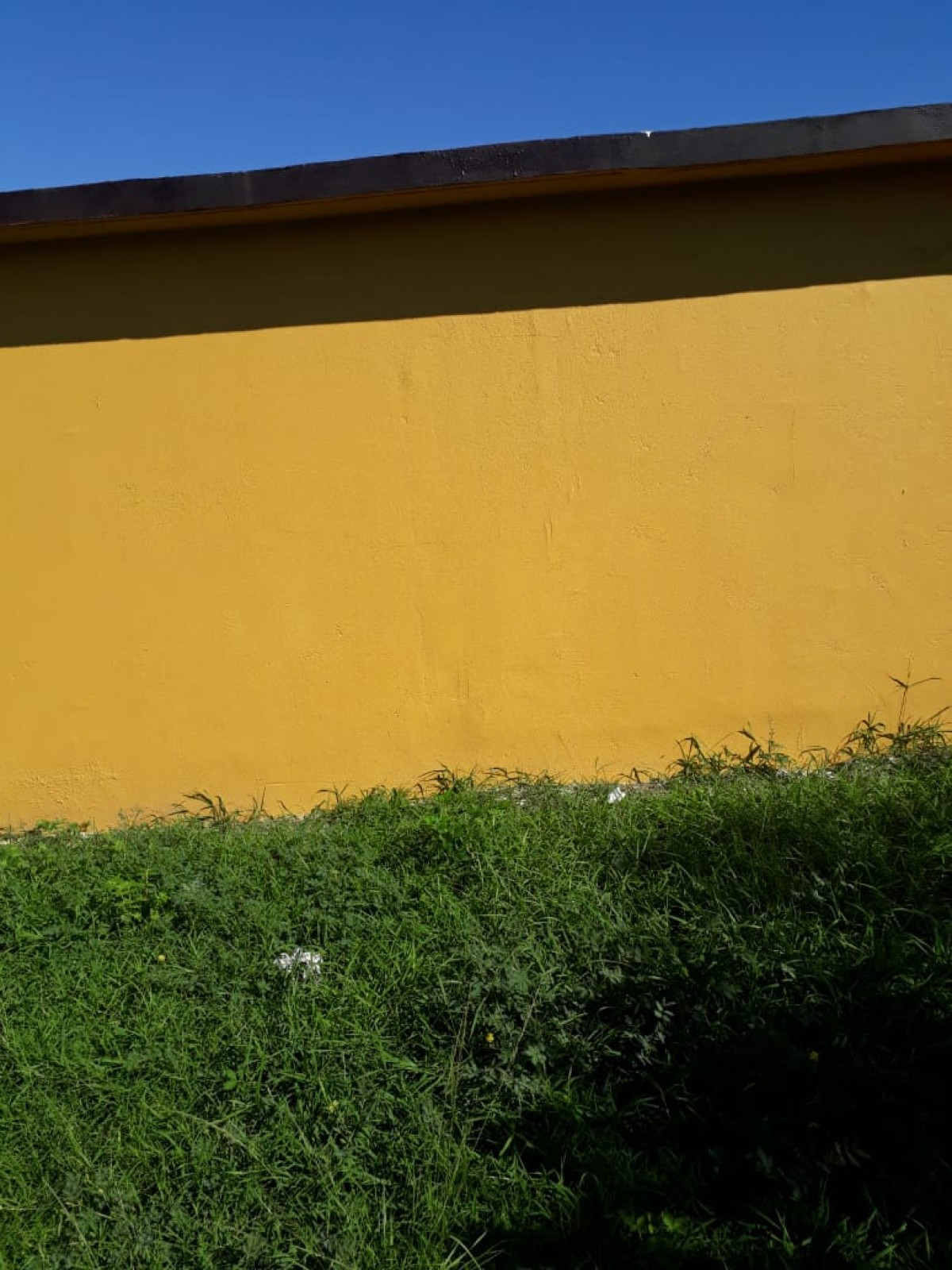Table Of Content
- ONE FAMILY. ONE COMPLETELY INSANE DREAM.
- Harley-Davidson is officially a clear air outlaw
- Decades after Watts revolted, the Black neighborhood is being ‘revitalized’ — but the cost is steep
- Did big expectations doom the tiny house movement?
- Indigenous leaders are risking their lives to speak at the UN
- California communities are fighting the last battery recycling plant in the West — and its toxic legacy

The soil would become a repository of proof illustrating how generations of a Mexican barrio were poisoned by lead and other noxious pollutants. Residents knew little about this soil contamination, despite the city’s environmental assessments calling for a deeper exploration of potential lead exposure in the neighborhood in the late 1970s. Comprehensive citywide soil test results were not publicly available until 2017, when I published an investigation that found hazardous levels of lead in the soil in neighborhoods across Santa Ana, which today is Orange County’s second-largest city. To follow up, I conducted hundreds of additional soil tests over the course of 2018 and 2019 in neighborhoods that, like Logan, carried the burden of the city’s industrialization.
ONE FAMILY. ONE COMPLETELY INSANE DREAM.
In response to a request from Grist, the city of Santa Ana searched for but could not locate any records indicating that these field tests were conducted in response to the 1978 report’s recommendation. That report also said that, at the time, airborne lead concentrations were declining and would continue to do so as lead was phased out of gasoline. However, if Logan was converted to residential use, the report cautioned, more people would likely suffer from lead exposure.
Harley-Davidson is officially a clear air outlaw
Five decades ago, Clair C. Patterson, a California Institute of Technology geochemist who pioneered techniques to measure lead levels, warned that legacy lead contamination would come back to haunt cities. He argued that Americans’ blood lead levels were unsafe, and his findings provided key evidence for environmental activists who successfully sought to remove lead from gasoline. But as Shafer would soon learn, tiny-home living appealed to more than those with a taste for civil disobedience. More than a decade in the making, the venture has collected funding from the federal and state government and two private companies to turn the Jordan Downs complex into a “mixed-income” community housing more than 700 additional families. It is also introducing much-needed fresh food options (including support for a 2.5-acre urban farm), more green space, the replacement of 65-year-old lead-filled buildings, and increased public transit to different employment hubs across the notoriously car-centric city. On paper, the project appears to fulfill demands Watts residents have been making since 1965.
Decades after Watts revolted, the Black neighborhood is being ‘revitalized’ — but the cost is steep
Those fateful decisions would lead to an explosive level of turnover of polluting businesses in Logan in the latter half of the 20th century. A Grist analysis of businesses that churned through Logan from the early 1960s to 2014 shows that a majority of those businesses no longer exist, and have been replaced by new commercial or light industrial businesses. By the end of World War II, Santa Ana had more than 50 industries and only two industrial areas.
The 1980s saw a construction boom of high-density apartment complexes on Santa Ana’s east side, which increased the population in the very areas that had long borne the brunt of industrialization — and where Grist’s own testing found elevated levels of lead in the soil. In essence, by allowing private developers to replace single-family homes with high-density apartment complexes, the city effectively increased the number of children exposed to lead and other contaminants. One survey of a Logan ZIP code by the nonprofit Latino Health Access in 1996 showed that, on average, about half the residents there were younger than 20. By 1977, when the barrio had 130 residential units and 20 industries, residents were calling on the city to phase out those businesses by removing the neighborhood’s industrial zoning designation altogether. The councilman who represented Logan told the Santa Ana Register that the zoning change was not the answer, claiming that if it happened, many residents wouldn’t be able to afford to upgrade their homes, or would choose not to upgrade. Meanwhile, Chepa rallied Logan residents by “banging on doors.” She was able to fill the city council chambers.
The XRF tests measure the amount of lead in the soil, but they do not determine the source of the lead. A representative from Massachusetts-based scientific instrument company Thermo Fisher Scientific trained Grist’s reporter, Yvette Cabrera, to operate an XL2 600 Niton XRF analyzer, which produces X-rays to measure the lead content of soil. The company loaned the XRF analyzer to Cabrera and calibrated the analyzer for soil testing. They realized that the city intended to split the neighborhood in half by extending Civic Center Drive East through the heart of the barrio.
This story is part of the Grist arts and culture series Remember When, a weeklong exploration of what happened to the climate solutions that once clogged our social feeds. Family owned and operated since 2014, Grist House Craft Brewery has become a Pittsburgh craft beer staple. Born and raised in Western Pennsylvania, co-owners and brother-in-laws, Brian Eaton and Kyle Mientkiewicz, moved to Pittsburgh in 2010 and began homebrewing on weekends together. After many experiments, tweaking, taste testing and with the support of friends and family they decided to leave their day jobs to open Grist House. And as with any top oil-producing state, it has an active and powerful oil lobby.
Why California's housing market is destined to go up in flames - Grist
Why California's housing market is destined to go up in flames.
Posted: Wed, 24 Jan 2024 08:00:00 GMT [source]
In an Orange County Register story, some council members were quoted as saying they “didn’t think they’d ever find a final solution to a problem that began before they were born.” They also pledged to try to be fair to both sides. Ultimately, the neighborhood would remain mixed-use — though Romero and Joe Andrade have worked with the city to convert various individual industrial parcels back to residential use. “Being born here, right down the street, your heart’s always in it,” Joe Andrade told me last fall.
California communities are fighting the last battery recycling plant in the West — and its toxic legacy

In 1969, the city lifted the ban against home improvements and expansions, but residents told city officials that they still faced resistance from banks who weren’t eager to make loans in a neighborhood that was still zoned industrial. By the early 1970s, the barrio had over 130 single-family and apartment units as well as more than 30 industrial or commercial properties, including metal works, auto salvage shops, and lumber supply businesses. One resident, whose property shrank when the state appropriated a portion through eminent domain for the construction of the Interstate 5 freeway, told the Los Angeles Times that her house rattled when the trains passed, and she didn’t like how the nearby junkyard burned tar on Saturdays. Sampson also discovered that even within these neighborhoods there was variation in the blood lead levels, which he attributes to the local manufacturing history. He found that lead exposure rates are higher in neighborhoods that have mixed industrial and residential uses, much like Logan.
Regulators typically don’t require businesses below a certain size threshold to report emissions. For example, the federal Toxic Release Inventory Program requires reporting from facilities with 10 or more employees that also manufacture or process toxins at volumes greater than 25,000 pounds per year. Thus, according to Frickel, smaller businesses like welding shops tend to fly under the radar. Because the number of historically industrialized sites across the country is so vast — and continues to expand — potentially contaminated soil is a systemic problem, and one that is not being tracked by most regulatory agencies. The hot, dry Santa Ana winds that whip through Orange County’s Logan barrio are fierce and temperamental.
At the federal level, existing laws primarily focus on regulating the present and future production, use, and disposal of chemicals, but they don’t offer solutions to intervene in already-contaminated areas unless polluted sites are large-scale. In response to my first investigation, a coalition of residents, advocates, and academic scholars has spent four years raising community awareness about the dangers of lead exposure in the city. In 2020, the coalition released a study that corroborates my findings, highlighting how children in Santa Ana’s poorest areas are at a higher risk of being exposed to lead soil contamination. One of the challenges, according to Mielke, is that while much work has been done to decrease water contamination and reduce air toxics, soil is typically ignored as a potential source of contamination.
The timetable for that phaseout is yet to be determined, and Wilmington’s wells would not be affected by the move. A Grist and Capital & Main analysis shows that communities around hundreds of schools statewide, which disproportionately serve low-income students, students of color, and medically underserved populations, would immediately see the benefits if CalGEM instituted setbacks. Of course, the number of people protected depends on how far the agency mandates that oil drilling can take place from a home, school, or hospital. Los Angeles County has no required setbacks protecting residents from oil and gas wells, which are sited in close proximity to homes, schools, and medical facilities. As a child, Ashley Hernandez remembers pretending that the oil pumpjacks that loomed over her neighborhood were dinosaurs. The strange metal animals pecked rhythmically at the earth, sandwiched between homes, next to playgrounds, in the parking lots of grocery stores, sucking the oil from the sediments beneath her neighborhood of Wilmington in southern Los Angeles.
In September, as part of an emergency resolution on climate change, the Santa Ana City Council pledged to address lead contamination throughout the city. By 1970, about 8 percent of the acreage in the area around Logan was dedicated for manufacturing industries. At the time, the vast majority of the land was zoned for either light or heavy industrial use, while only 1.4 percent was zoned residential. The industrial businesses at that time employed between 1,200 and 1,400 people, but few of those firms employed Logan residents.
City documents from that era showcase citizen concerns that Santa Ana’s eastside residential neighborhoods were bearing the brunt of the city’s industrialization, describing these areas as having the “highest degree of inter-mixing” of single-family homes with commercial and industrial uses. In 1972, the Santa Ana Human Relations Commission submitted a resolution noting how grievously the Logan community had suffered at the hands of past planning commissioners due to zoning decisions and the introduction of industry to the barrio. Further, racial and class disparities among children with elevated blood levels have persisted since the height of leaded gasoline use in the mid-20th century, with higher numbers of Black, Latino, and low-income children suffering from elevated levels. Harvard University sociologist Robert Sampson has shown that, while the risk of lead exposure is higher in poor neighborhoods, it’s even higher in racially and ethnically segregated neighborhoods. In a 2018 article in the Annual Review of Sociology, Sampson and his colleagues examined blood lead level differences across small neighborhoods in Chicago. Even when controlling for factors such as poverty, housing, and population density, they found that Black neighborhoods still had higher levels of lead exposure.
Traditional real estate tends to appreciate in value, which arguably rationalizes the massive upfront cost of buying a home. But tiny houses are different, particularly ones built on wheels, because they depreciate pretty quickly. That’s on top of an extremely high price per-square-foot, which is also hard to swallow for the standard American homebuyer. They would argue that a true tiny house is 8.5 feet wide and able to fit on a wheeled base, like an RV chassis.
The boundaries of the two zones fell squarely around existing Mexican barrios in the city, including Logan. As the city pushed to attract more industry in the following decades, the commission’s zoning decisions would have dramatic long-term consequences for the Latino residents in those neighborhoods. At Grist’s request, Orange County archivists searched for and found evidence of half a dozen such covenants in Santa Ana. One from 1941 restricted “African, Mongolian, Japanese, Asiatic, Spanish, Mexican, or Indian races or their decendants [sic]” from occupying lands and properties in a tract called Westwood Park. The earliest racial covenant uncovered was part of a grant deed signed in 1921, while the latest was signed in 1943, just five years before the U.S.




















